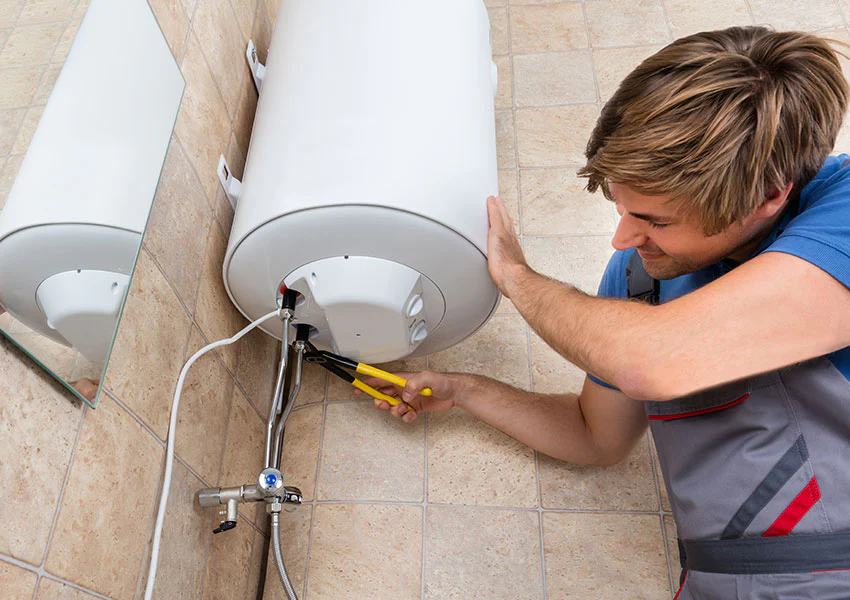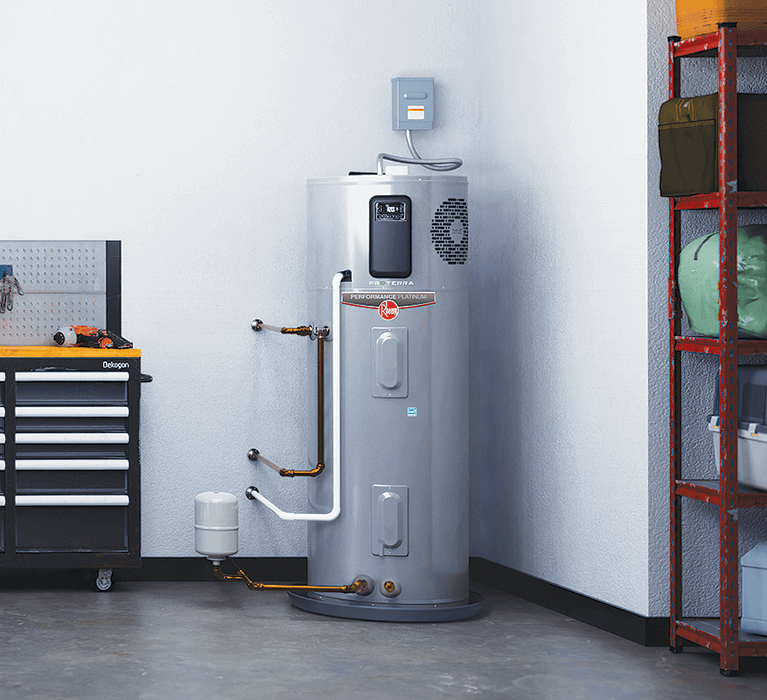Professional Guidance for Caring for Your Home's Hot Water SystemHow to Care for Your Home's Hot Water System ProperlyEasy Methods to Care for Your Home's Hot Water System Effectively
Professional Guidance for Caring for Your Home's Hot Water SystemHow to Care for Your Home's Hot Water System ProperlyEasy Methods to Care for Your Home's Hot Water System Effectively
Blog Article
Were you interested in ideas around What Kind of Maintenance Do Water Heaters Need??

Warm water is crucial for everyday convenience, whether it's for a refreshing shower or washing meals. To guarantee your hot water system runs successfully and lasts longer, normal maintenance is key. This short article gives practical suggestions and insights on just how to maintain your home's hot water system to stay clear of interruptions and expensive fixings.
Introduction
Maintaining your home's warm water system could seem daunting, however with a couple of easy steps, you can guarantee it runs smoothly for several years to come. This guide covers every little thing from understanding your hot water system to do it yourself maintenance ideas and recognizing when to contact specialist help.
Relevance of Preserving Your Warm Water System
Normal maintenance not only expands the lifespan of your hot water system but likewise guarantees it operates effectively. Disregarding maintenance can result in decreased performance, higher power costs, and also early failure of the system.
Signs Your Hot Water System Requirements Upkeep
Understanding when your warm water system requires focus can stop significant concerns. Watch out for signs such as irregular water temperature, unusual sounds from the heater, or corroded water.
Understanding Your Hot Water System
Before diving into upkeep jobs, it's valuable to understand the fundamental components of your warm water system. Commonly, this consists of the hot water heater itself, pipelines, anode rods, and temperature level controls.
Monthly Upkeep Tasks
Normal regular monthly checks can aid capture minor concerns before they intensify.
Purging the Water Heater
Flushing your water heater gets rid of sediment accumulation, enhancing efficiency and extending its life.
Checking and Changing Anode Rods
Anode poles prevent corrosion inside the storage tank. Checking and replacing them when worn out is important.
Checking and Changing Temperature Settings
Changing the temperature settings ensures ideal performance and safety and security.
Do It Yourself Tips for Maintenance
You can do a number of upkeep jobs on your own to maintain your warm water system in top condition.
Looking for Leaks
Frequently check pipelines and links for leaks, as these can lead to water damages and greater bills.
Checking Pressure Relief Valves
Examining the stress relief valve ensures it works correctly and protects against extreme stress buildup.
Shielding Pipelines
Protecting hot water pipes decreases warmth loss and can save power.
When to Call a Professional
While DIY upkeep is useful, some concerns need specialist competence.
Facility Concerns Needing Specialist Aid
Instances include major leaks, electric issues, or if your hot water heater is constantly underperforming.
Regular Specialist Maintenance Advantages
Expert upkeep can include detailed evaluations, tune-ups, and ensuring compliance with safety standards.
Conclusion
Routine upkeep of your home's warm water system is essential for performance, longevity, and price financial savings. By following these ideas and knowing when to look for professional help, you can make sure a trustworthy supply of hot water without unexpected disruptions.
Water Heater Maintenance: The Basics
Maintaining your water heater will ensure it operates efficiently and has a longer lifespan. Neglecting regular maintenance can lead to costly repairs and an even bigger chunk of your savings if you have to replace it sooner than necessary. But there’s good news: Most water heater maintenance tasks are relatively simple and easy for homeowners with basic DIY skills.
Flush the Water Heater
Over time, sediment and minerals can build up in the tank, reducing its efficiency and potentially causing damage. To flush the tank, turn off the power or gas supply, attach a hose to the drain valve near the bottom and open the valve to drain the water until it runs clear. Ideally, flush the tank annually.
Replace the Anode Rod
The anode rod is a sacrificial metal rod that helps prevent corrosion inside the tank. Inspect and replace it every three to five years or per the manufacturer's recommendation. To replace the anode rod, turn off the power or gas supply, drain a few gallons of water from the tank, unscrew the old rod and replace it with a new one. If the anode rod is significantly corroded or covered in calcium buildup, it's a sign the water heater may need to be replaced soon.
Tune-Up
A yearly tune-up can help identify potential issues and ensure your water heater operates at peak efficiency. This typically involves checking the thermostat, burner assembly (for gas heaters) and any other components specified by the manufacturer. During a tune-up, the technician may also clean the burner and adjust the pilot light (for gas heaters) or examine the heating elements (for electric heaters).
How to Maintain Your Water Heater
Insulate the tank. Insulating the tank can improve energy efficiency and reduce heat loss, saving you money on energy bills. You can purchase precut insulation blankets designed specifically for water heaters or use standard fiberglass insulation wrapped securely around the tank. Check the temperature. The recommended water temperature for most households is around 120 degrees Fahrenheit (49 degrees Celsius). Higher temperatures can increase energy costs and potentially cause scalding. Use a kitchen thermometer to check the temperature at the faucet nearest the water heater. Monitor water pressure. Excessive water pressure can strain the water heater and cause leaks or even tank failure. Install a pressure-reducing valve if necessary. The ideal water pressure range is between 60 and 70 PSI (pounds per square inch). Test the temperature and pressure (T&P) relief valve. The T&P relief valve is a safety feature that releases pressure if the tank gets too hot or the pressure builds up too high. Test it annually by lifting the lever and allowing a small amount of water to release. Replace the valve if it doesn't release water or reseal properly. Check for leaks. Regularly inspect the tank, pipes and fittings for leaks or corrosion. Deal with issues promptly to prevent further damage. Even a small leak can lead to significant water damage over time. Consider a tankless water heater. If your traditional tank-style water heater is nearing the end of its lifespan ( typically 10 years), consider replacing it with a tankless water heater. These units heat water on demand, reducing standby energy losses and potentially saving you money on your energy bills. Schedule professional maintenance. While homeowners can perform many water heater maintenance tasks, it's still a good idea to schedule professional maintenance every few years. A plumber or HVAC technician can thoroughly inspect the unit, identify potential issues and ensure it operates safely and efficiently. https://www.homeserve.com/en-us/blog/home-improvement/hot-water-heater-maintanence/

We hope you enjoyed our excerpt on How to Maintain Your Water Heater & Prolong its Life. Thanks so much for taking time to read through our blog post. You should pause to distribute this blog posting if you liked it. Bless you for your time. Revisit us soon.
Free Estimates Report this page